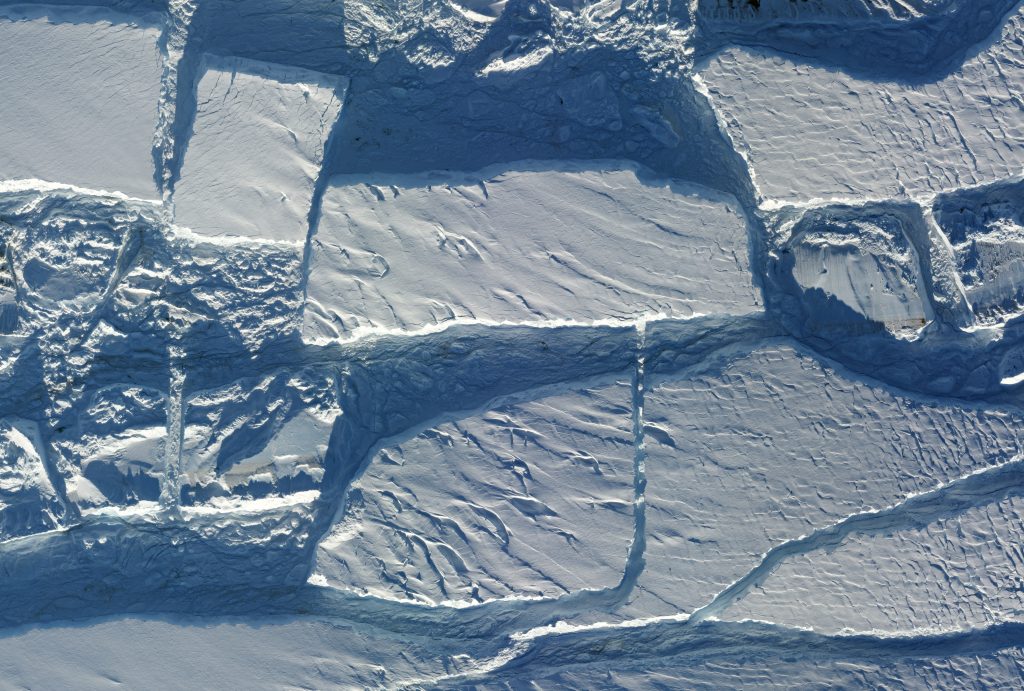Our Terms & Conditions | Our Privacy Policy
What’s Next for Science? Researchers Highlight How Planet Data Advances Scientific Discovery at AGU 2024
This week, we were thrilled to be on the ground in Washington, D.C. at the American Geophysical Union Fall Meeting, more colloquially known as AGU 2024. This year’s theme of “What’s Next for Science?” is very fitting for our work here at Planet. We embrace new, innovative, and future-oriented approaches to advancing agile aerospace and delivering data and analytics to help scientists and analysts make new discoveries.
Since our founding, science has lived at the heart of our organization, and each year at AGU, we are inspired to see the amazing ways that the scientific community is leveraging our data to make breakthroughs in their field. This December, we were honored to once again see so many of our users share their findings in papers, posters, and talks at the event.
As the year is coming to an end, we’d like to give a genuine thank you to our entire scientific community, including researchers, analysts, professors, and students. We’re so curious about all of your work and eager to hear what’s next for all of you. Be sure to join our Planet Community to share your thoughts or receive community support and we encourage you to explore Planet University for more learning resources.
Below, we’ve shared just some of the exciting papers and research posters presented at AGU 2024, showing how our users leverage Planet data to find what’s new for science:
- Researchers combined deep learning models and PlanetScope data at Arizona State University to monitor forest thinning treatments in the western United States, which aim to restore ecosystem health.
- Using data from Planet, Landsat, and Sentinel-2, scientists estimated corn yields in Ethiopia at University of Michigan, helping evaluate smallholder farms in a country faced with rising food demands.
- Planet SkySat data was used to study sliding patterns of the Thwaites Glacier by analysts at Amherst College.

- To help develop an effective landslide prediction model in South Korea, researchers integrated Planet satellite data into their work at Kookmin University.
- PlanetScope imagery of six fire scars in the Siberian tundra were analyzed by the University of Zurich to better understand the spatial distribution of fires in the Arctic tundra.

- Researchers from the International Water Management Institute evaluated Planet data and various EO datasets to analyze the environmental and economic impacts of tropical Cyclone Remal on the Ganga Brahmaputra Meghna Basin in India.
- Scientists from University of Maryland, University of Washington, and NASA, used a random-forest model to classify snow presence and absence from PlanetScope data in California and Colorado to simulate daily spring snow changes, impacting water fluxes, biota, and wildlife habitat.

- Using machine learning and Planet satellite imagery, Arizona State University analyzed the effects of the Colorado River drought declaration on agriculture in the region.
In the spirit of celebrating the future of science, our own Planet teams also presented at AGU 2024, highlighting the technical results of the first light data from our Tanager-1 hyperspectral satellite, sharing how our satellite data is used to advance biodiversity protection, and explaining how Planet’s data can be analyzed to gather novel agricultural insights. If you haven’t stopped by our booth yet, be sure to come introduce yourself at booth 1009! If you have further questions about our robust scientific programs, learn more here.
Images are for reference only.Images and contents gathered automatic from google or 3rd party sources.All rights on the images and contents are with their legal original owners.



Comments are closed.